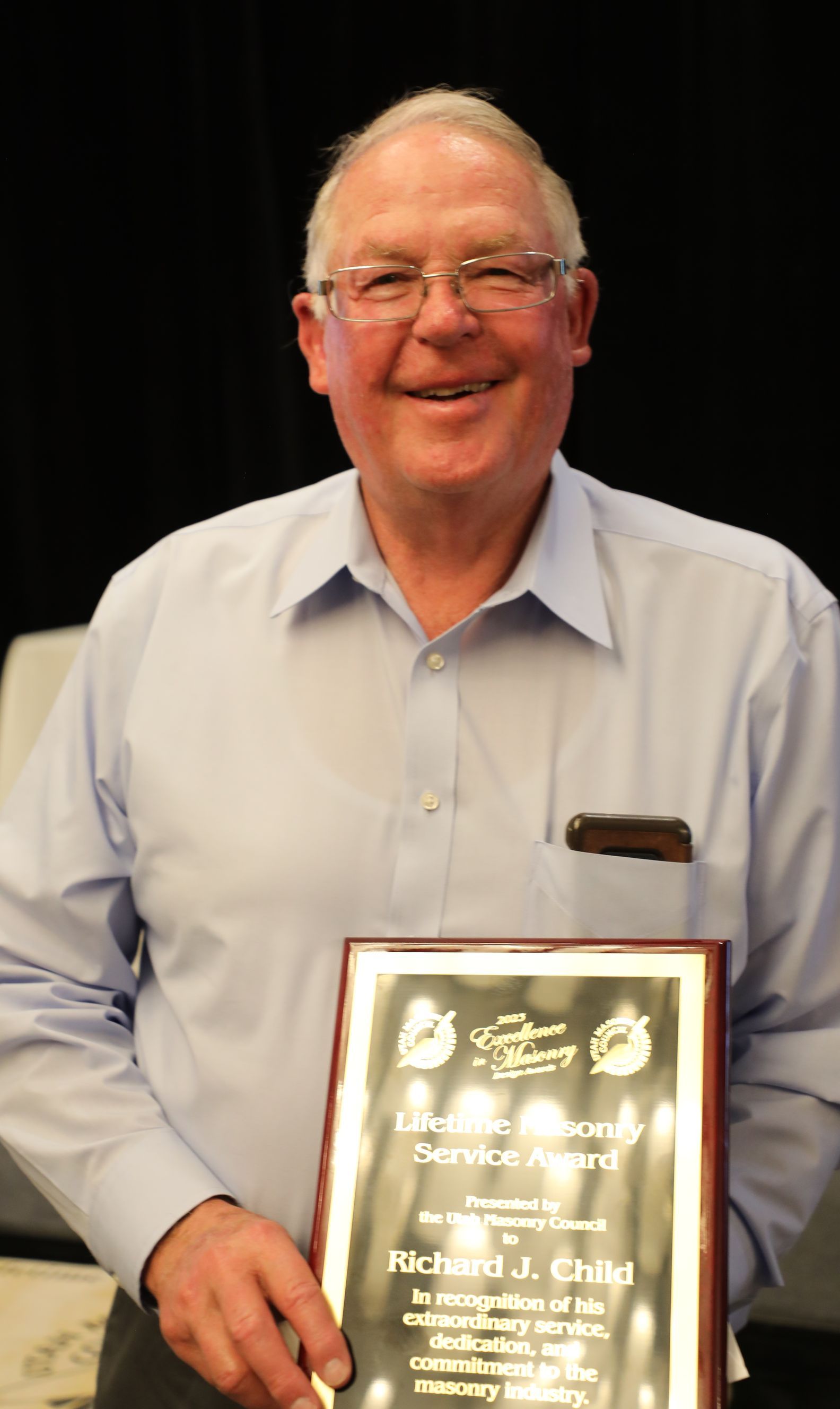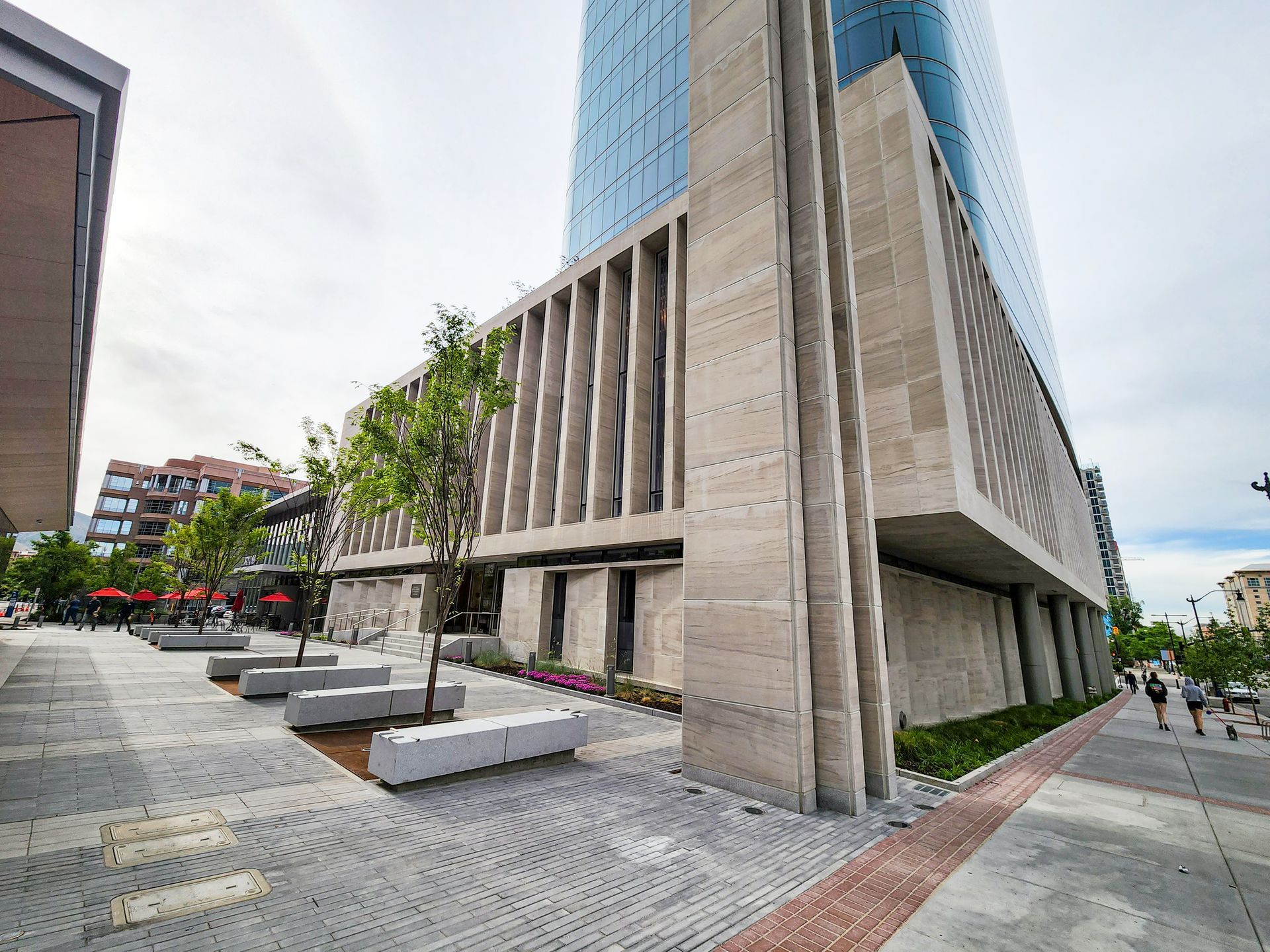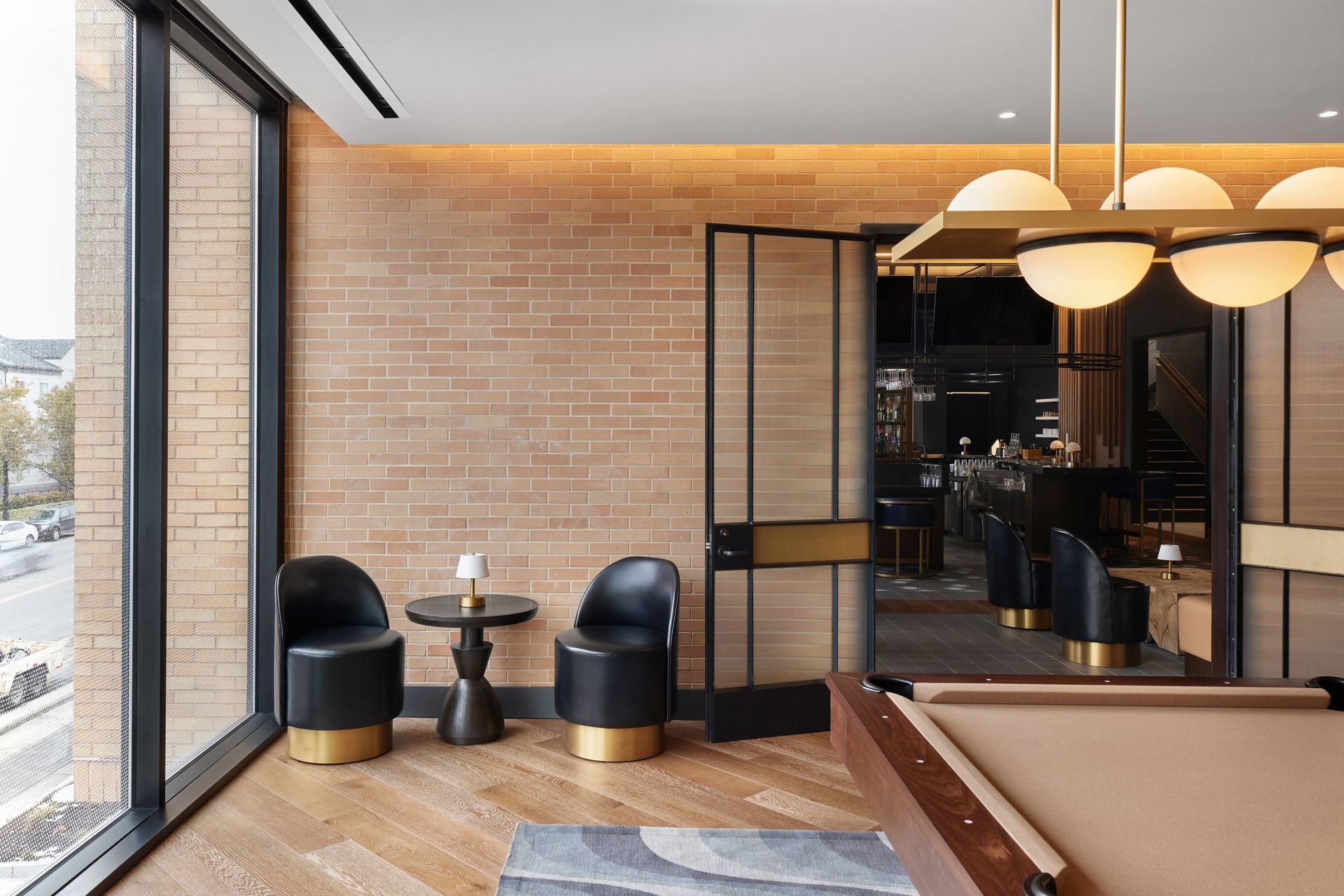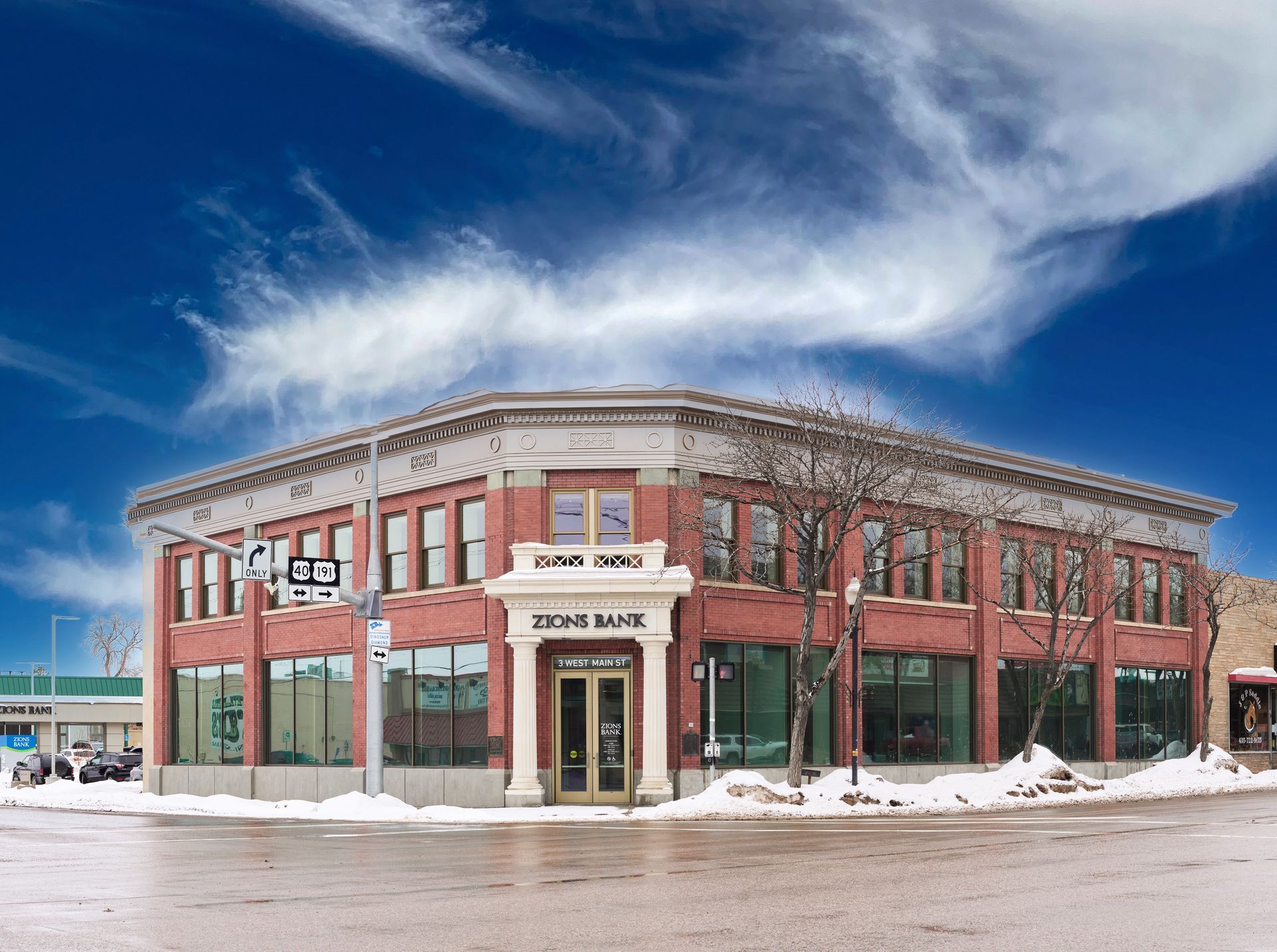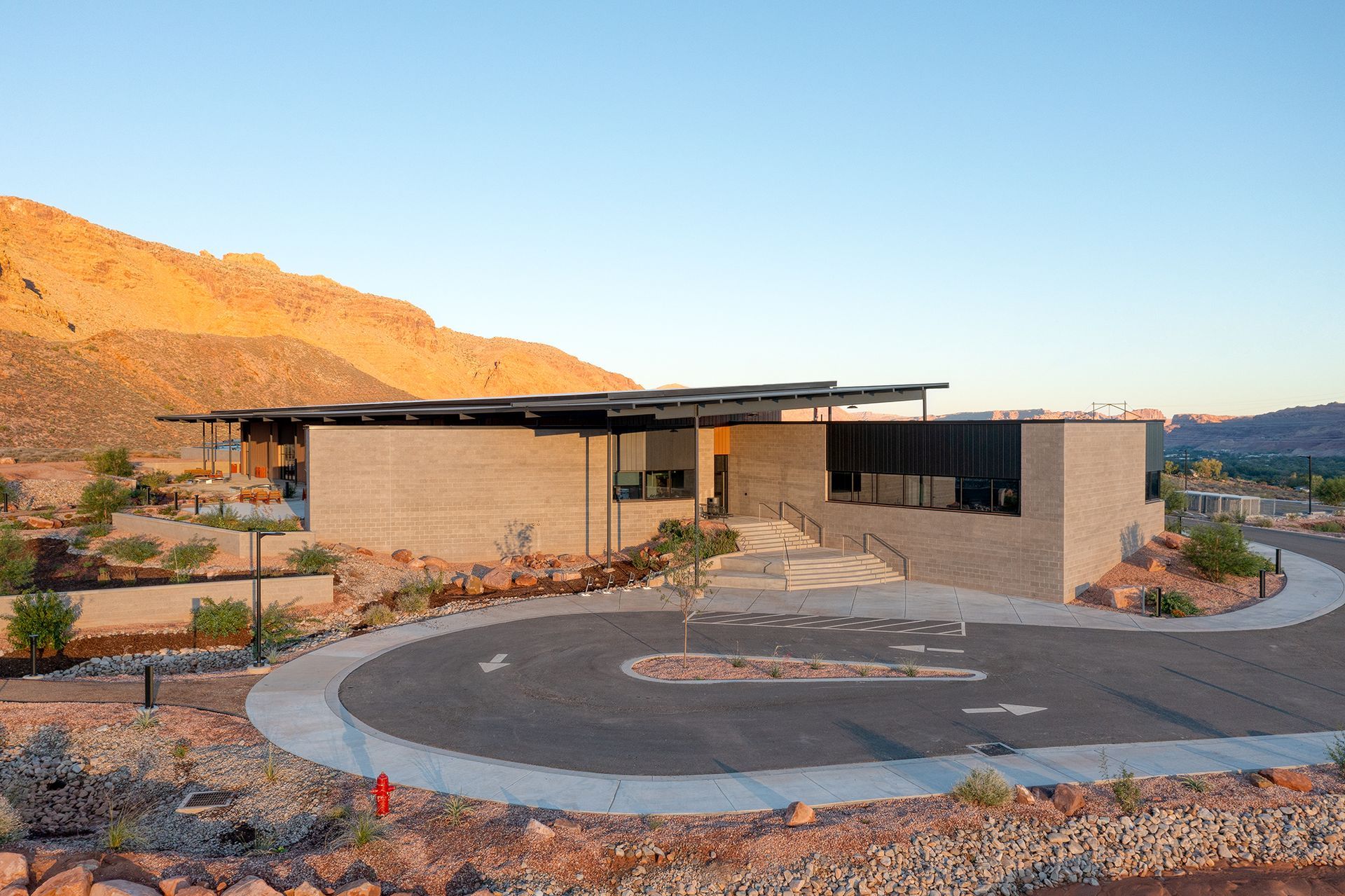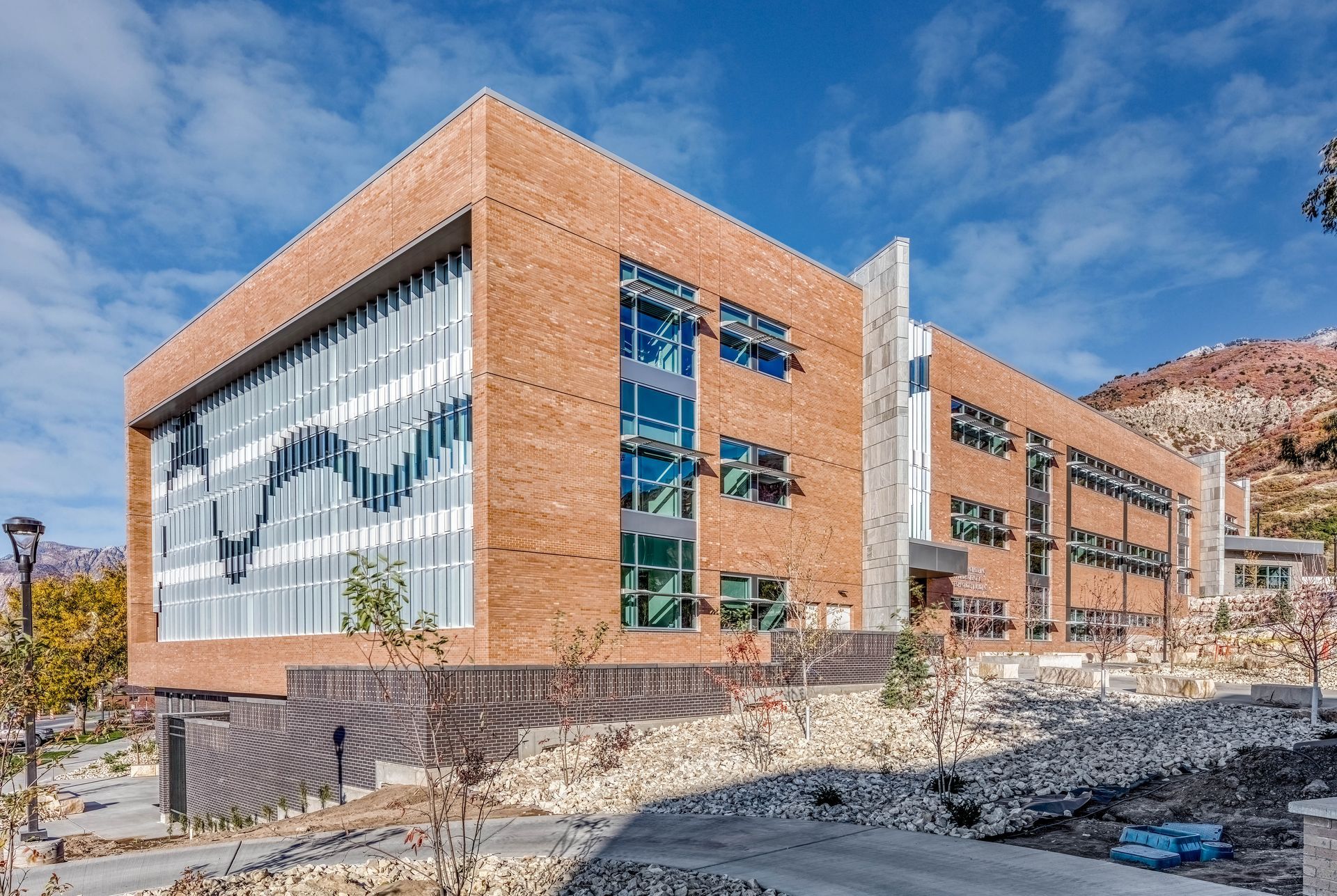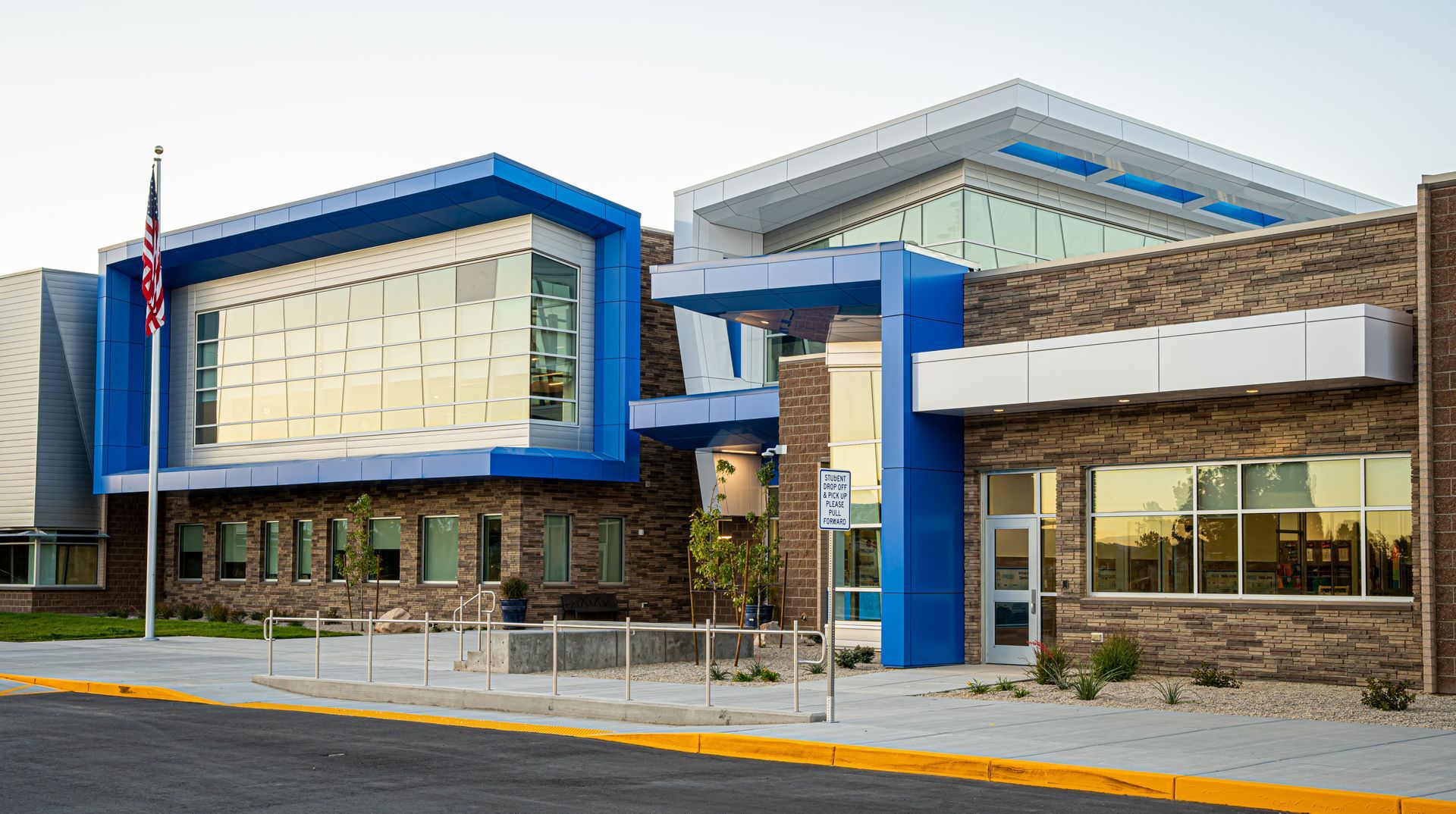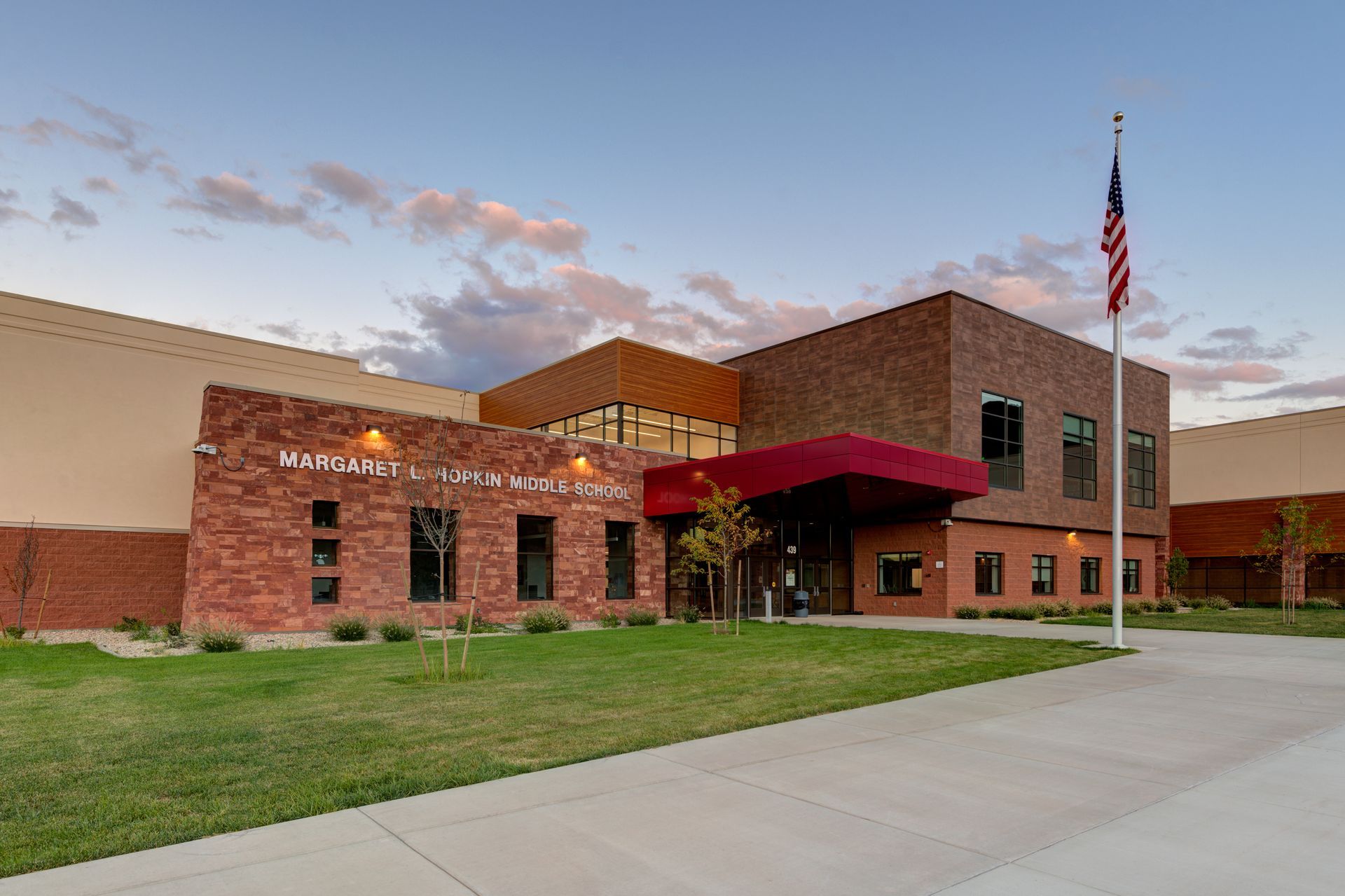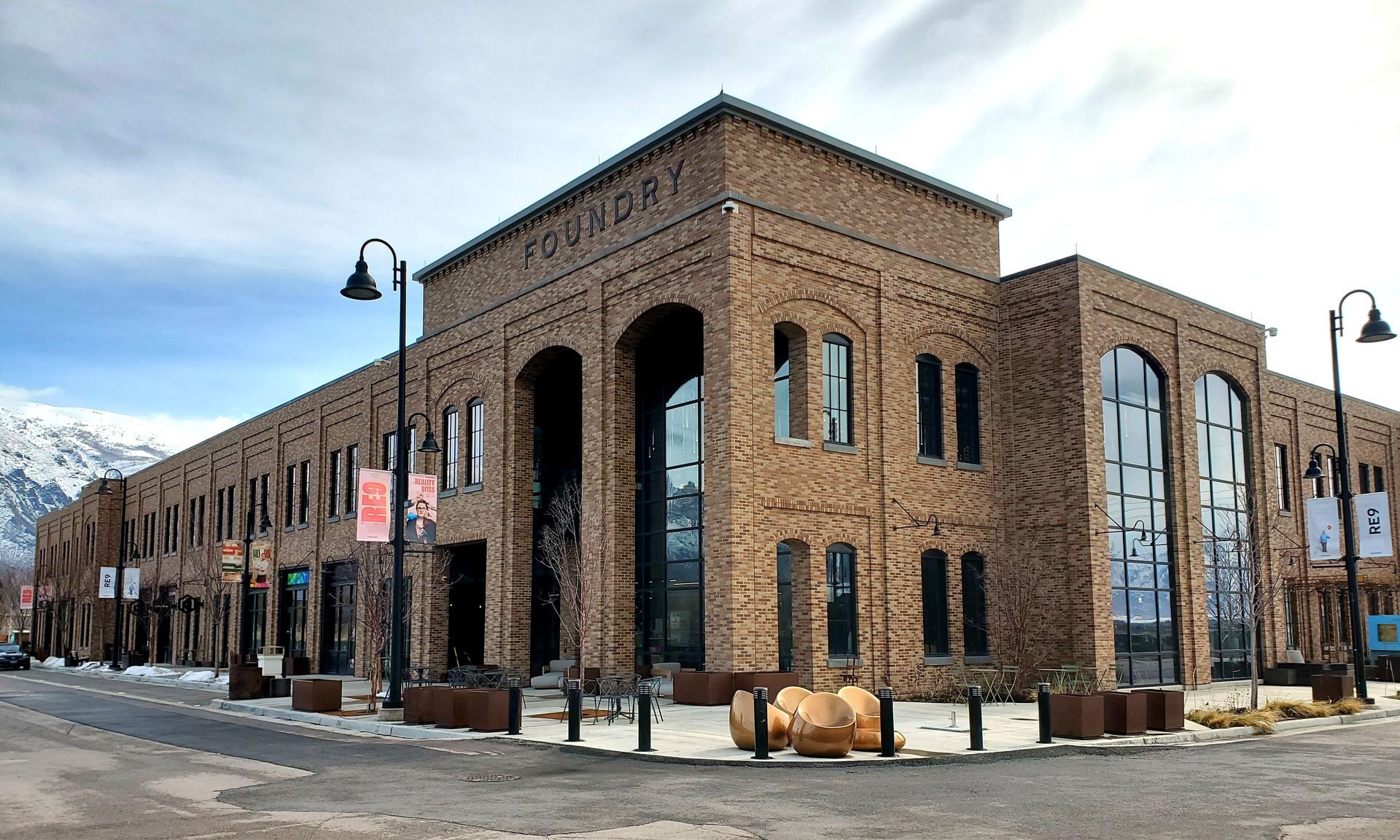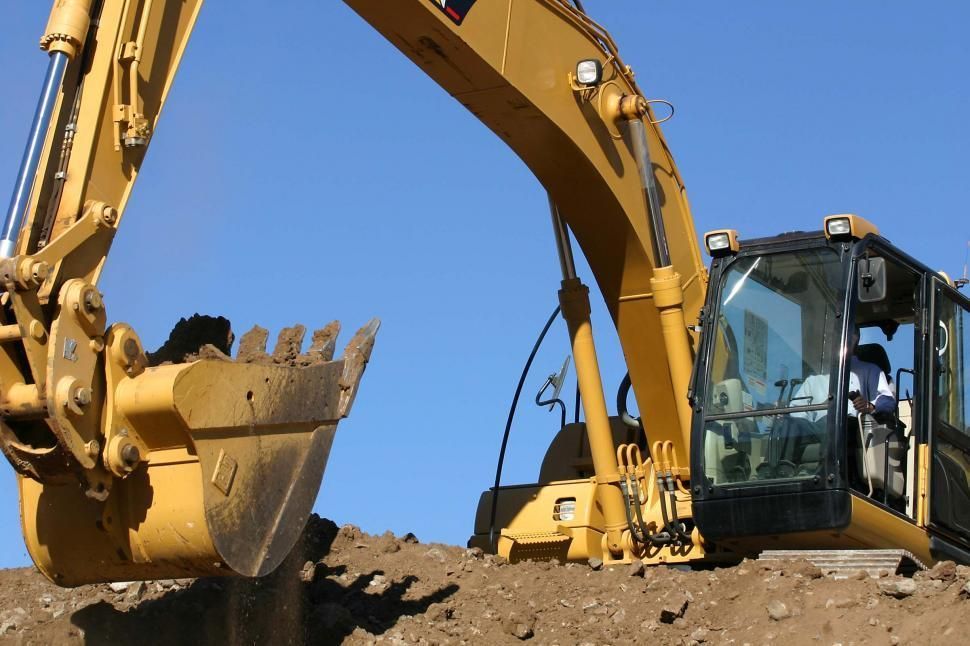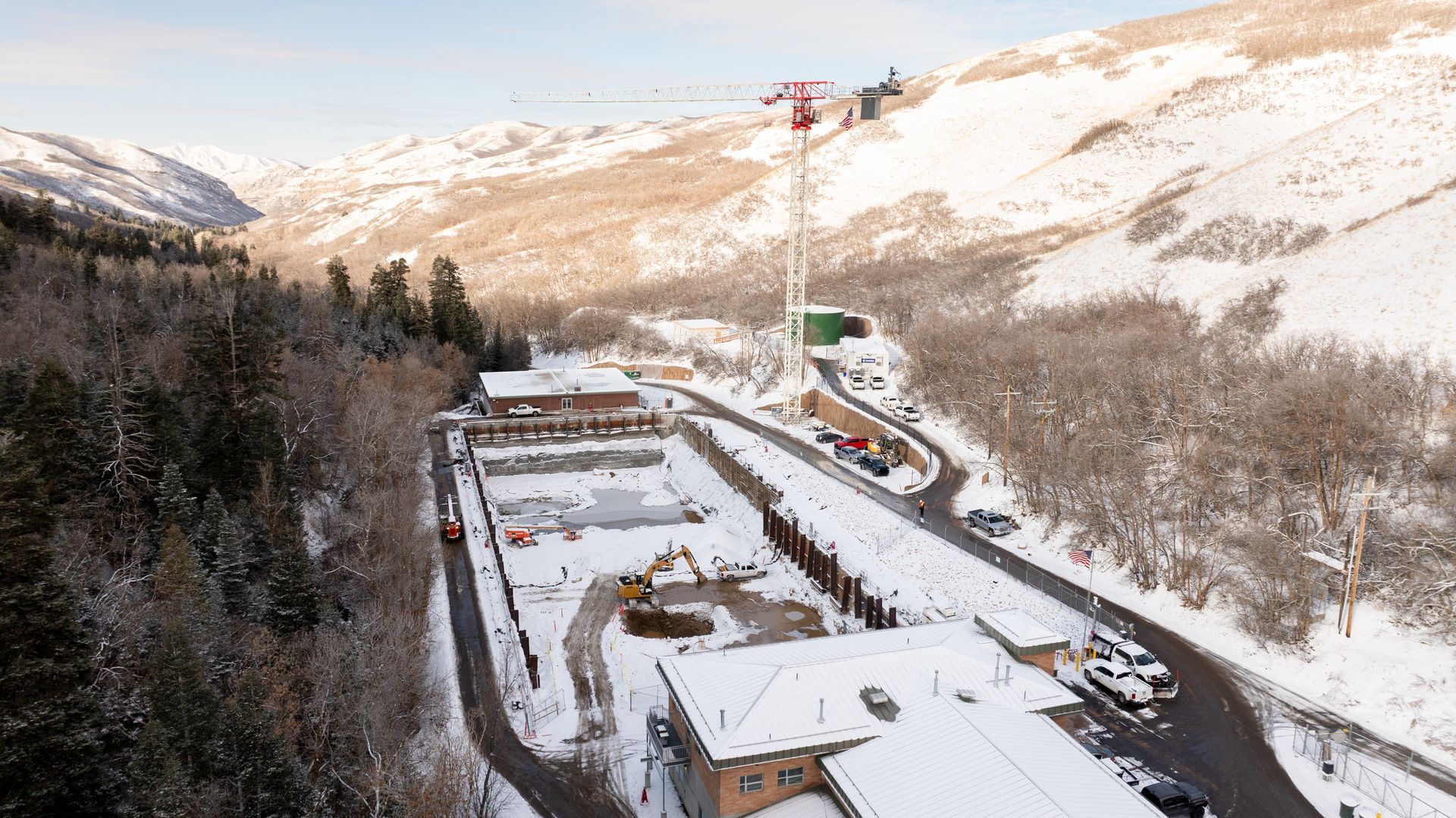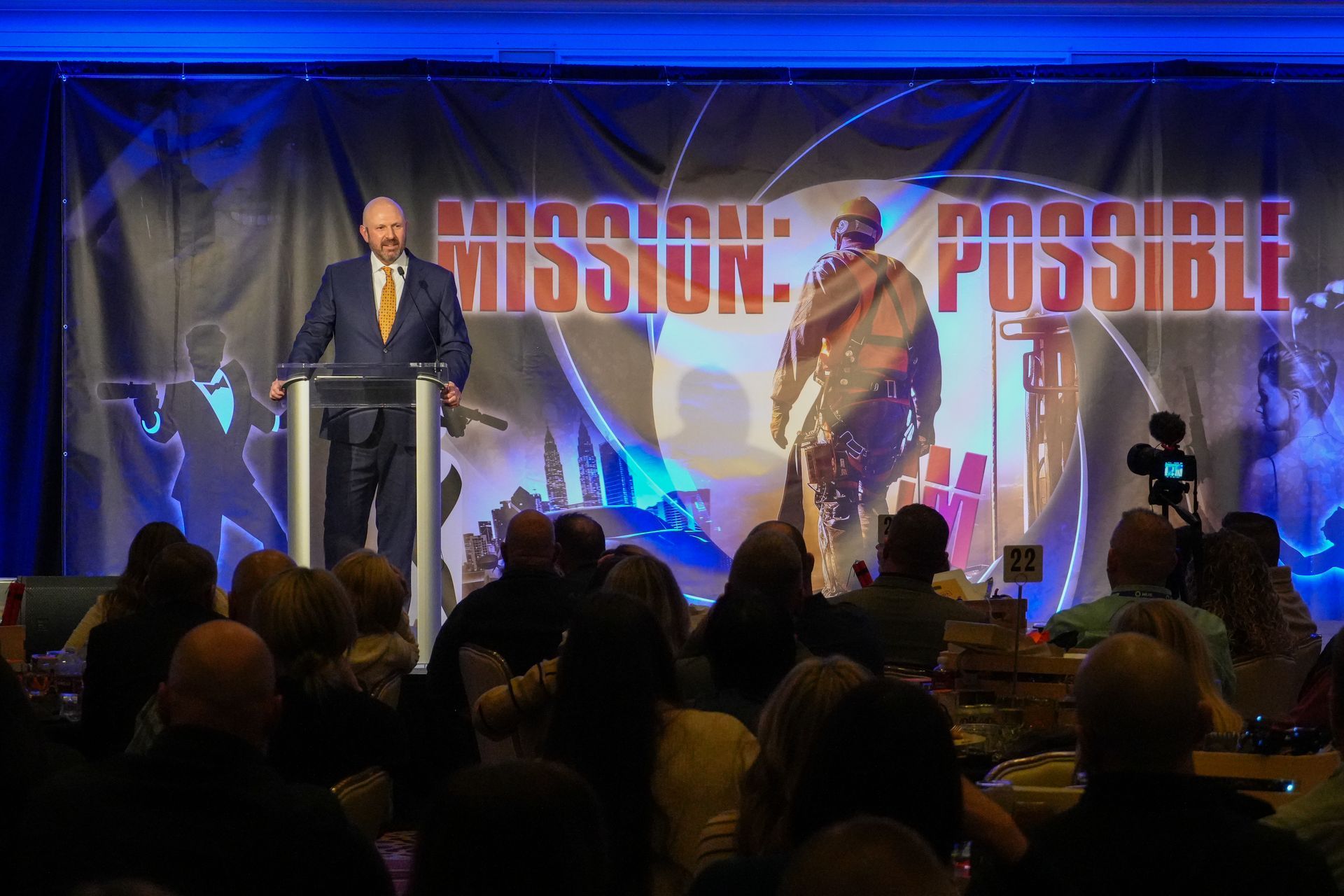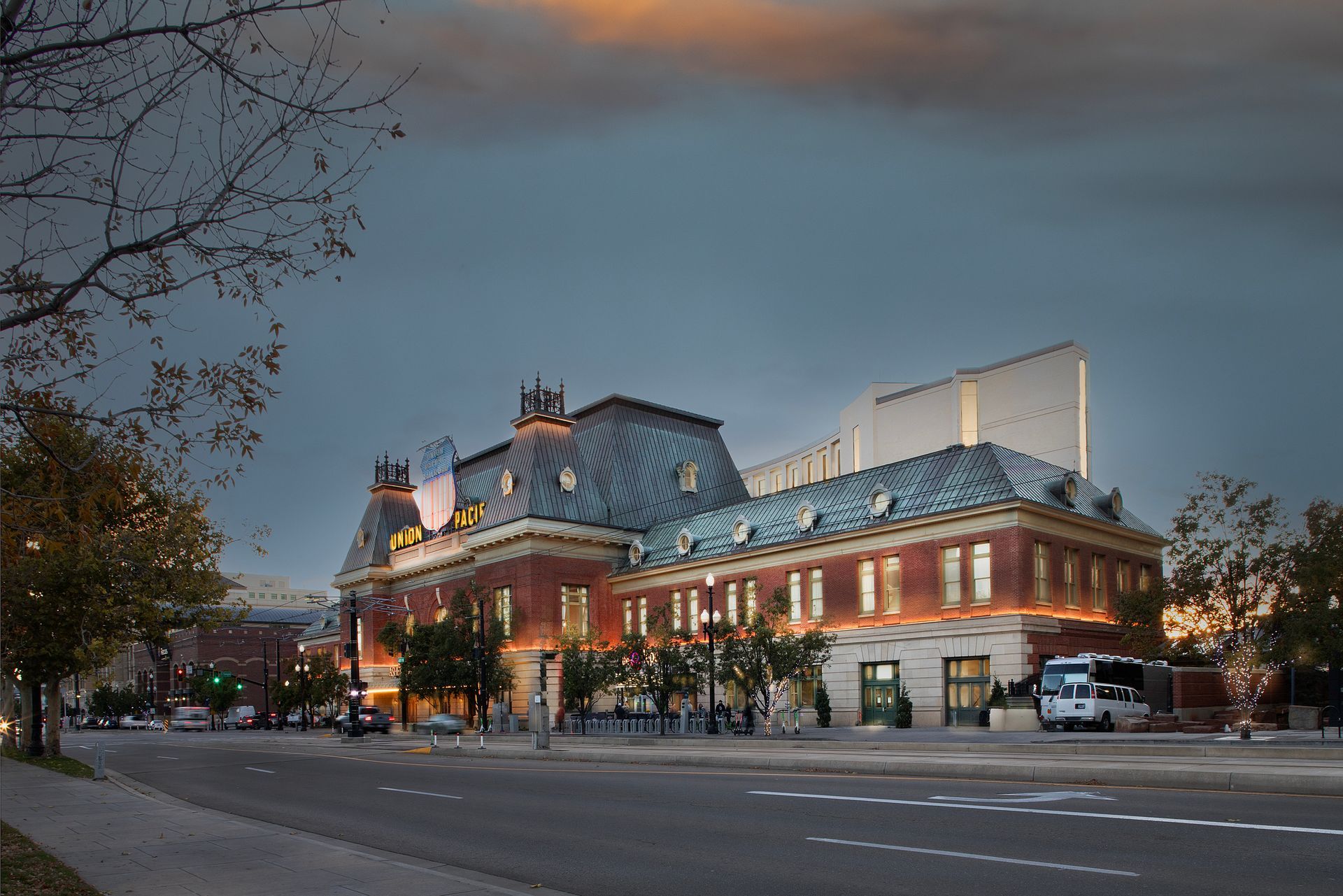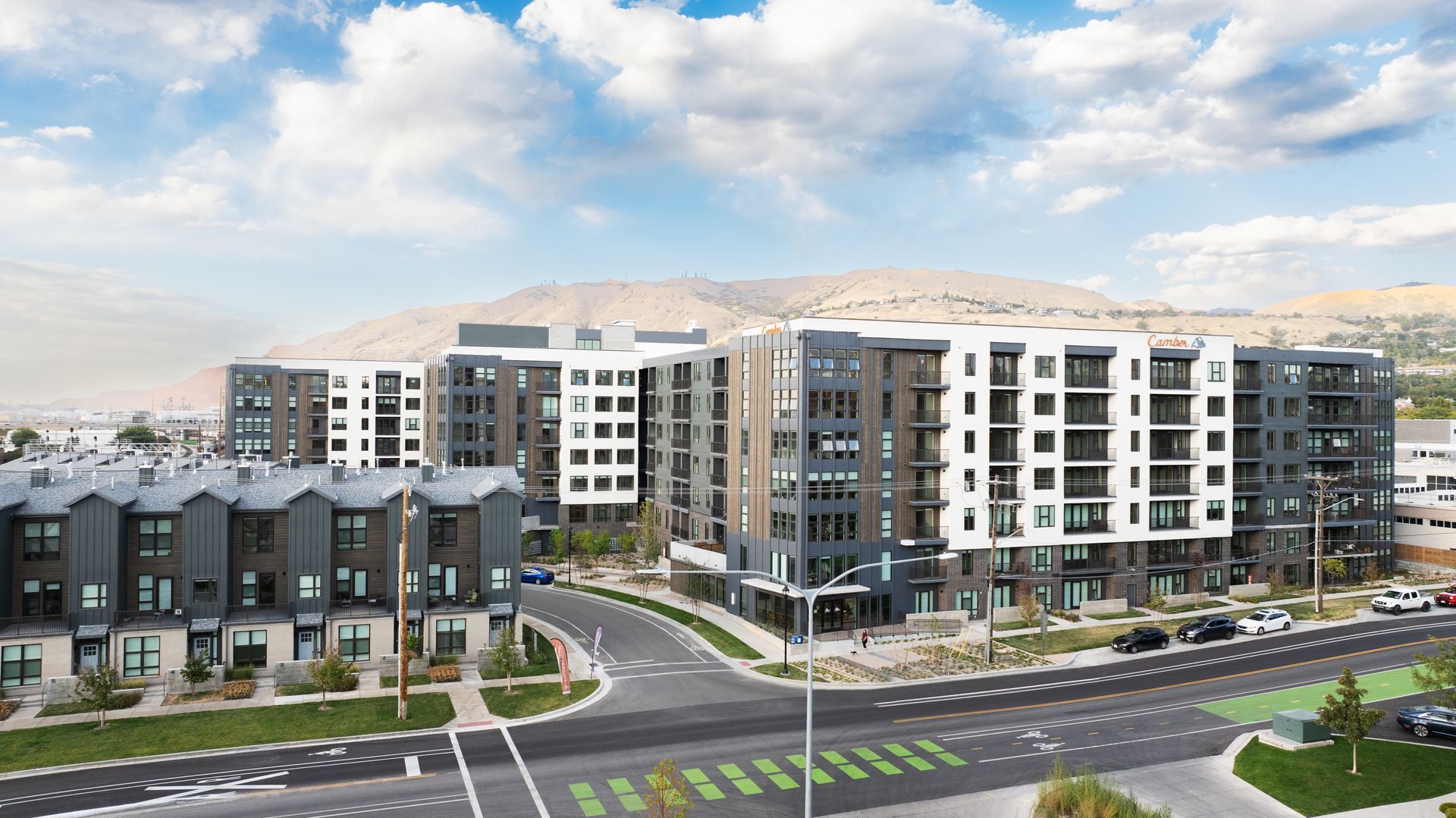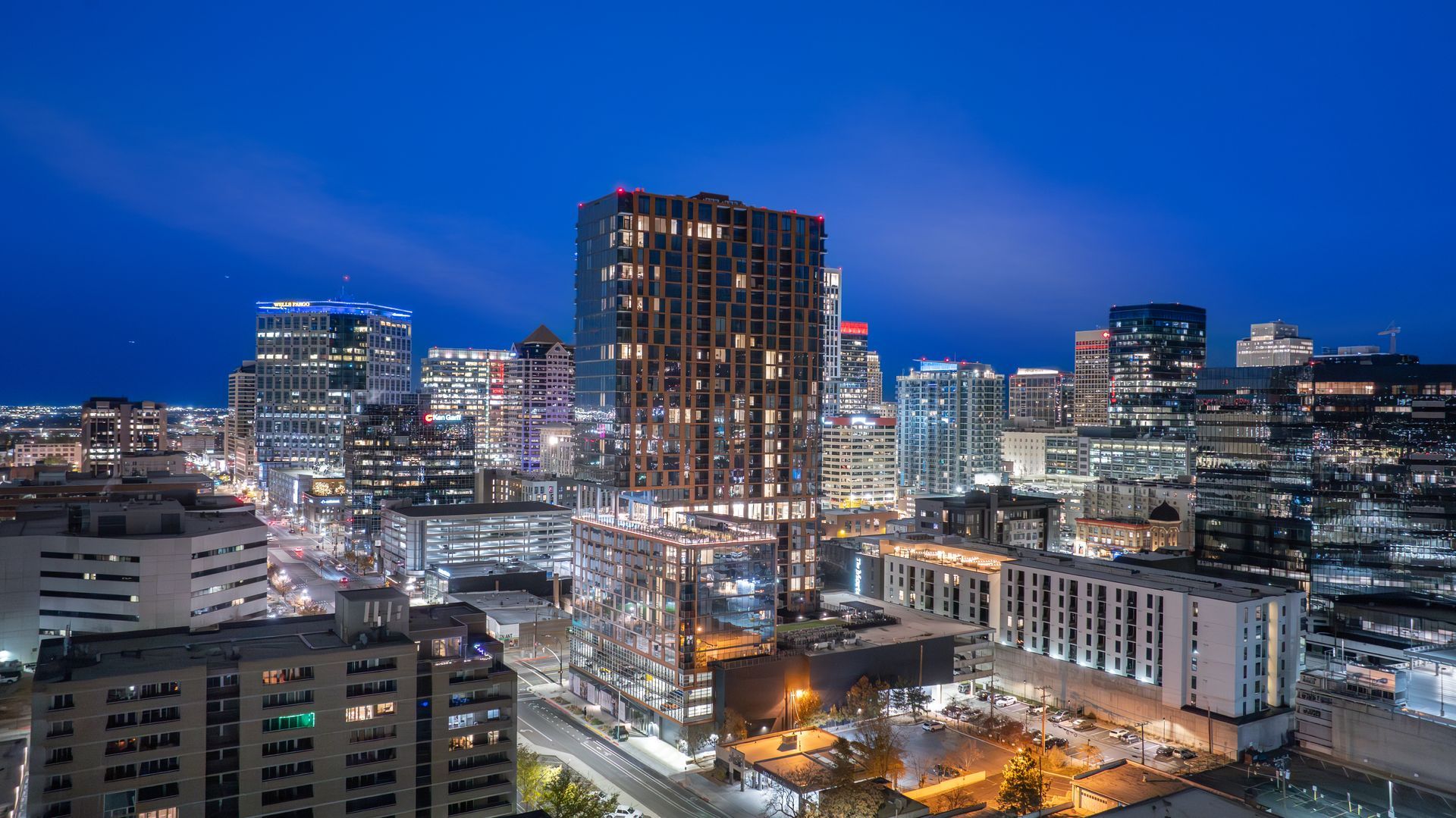By Milt Harrison
•
February 28, 2025
Despite some minor economic headwinds, Utah is poised for another solid, if semi-unspectacular, year of construction and real estate development, according to top economists locally and nationally. Indeed, 2025 is shaping up to be much like 2024, a year where firms across the A/E/C spectrum completed dozens of life-enhancing, community-uplifting projects across every major building sector—in other words, a lot of projects were built outside of the still churning multi-family market. These firms thrived for the most part, posting positive revenue growth and maintaining momentum in the face of the usual challenges of shallow labor pools and volatile material costs. Utah continues to rank among the top states nationally on key economic drivers such as population growth, construction employment, a pro-business climate, and a legislative body that continues to be bullish on funding higher education and transportation projects. Prospects are good with a can-do mentality among developers, municipalities, and the firms designing and building the jobs. "Utah will continue to have above average growth and is in great position to continue its great track record with a growing population, and a strong economy and construction market," said Ken Simonson, Chief Economist for the Associated General Contractors of America (AGCA) in Washington, D.C. "Utah has been on a steady, strong upward path with 27% growth in construction employment—three times the national average of 9%—since 2020." Simonson said Utah's construction employment growth doubled last year, up 6%, which is twice the U.S. average. Growth would be even stronger, he added, if contractors could find workers, particularly skilled tradesmen. Simonson said a survey of 1,500 firms nationally stated 94% had openings for craft workers. "It's hard to fill (skilled) positions, more difficult than last year," he added. Utah's consistent population growth—the Beehive State ranked fourth according to the U.S. Census from 2023-24 with 1.8% growth (3.44 million to 3.50 million)—is a driver of demand for so many types of construction, as well as a course of construction labor. Simonson said the state has been more welcoming of immigrants, an important source of labor for contractors across the board. Utahns also have a reputation for being well-educated coupled with a strong work ethic and drive to succeed, making the state an attractive place for new businesses looking to expand. Developers Waiting Out Interest Rates; Hope for a Drop in '25 The Fed kept interest rates where they are in January—a decision not popular with many real estate developers simply itching to invest capital and have projects waiting to cut loose the minute rates become more favorable. That pent-up demand could heat up the market if rates drop by even half a point, particularly in the multi-family arena. Simonson said multi-family was down nationally 8% from September 2023-24, with Utah seeing an equivalent slowdown, despite a huge amount of inventory that hit the market in 2024, including attractive high-end downtown properties like Camber, The Worthington, and Astra Tower, and many others along the greater Wasatch Front. "Reductions in the [Fed]’s short-term interest rate target will make financing a bit less expensive but developers still can't get loans or want to proceed if rents aren't high enough to cover the financing and construction costs, including time to complete if there are extended delivery times for electrical equipment such as transformers and switchgear," Simonson added. "Utah isn't immune from these challenges, but if the underlying population growth will be supportive of rent increases, that may bring back multi-family construction sooner than in areas that aren't growing as fast, or at all." Spendlove Keynote at 2025 NAIOP Symposium Senior Economist for Zions Bank, Robert Spendlove, said Utah is well-positioned to maintain solid economic activity, with factors of low unemployment (hovering around 4%), solid wage growth (3.9% in December), and more than a quarter million jobs added at the end of last year. "Utah had unexpected, continued strength in the labor market," said Spendlove at NAIOP Utah's 2025 Symposium in January. "If we could pause the economy and stay where we're at now, we'd be in a perfect position." Consumer inflation, he said, remains sticky at nearly 3%, with the Fed targeting 2% before they can lower interest rates. "Until it's at 2%, they can't claim victory," he said. Overall, consumer prices are up a whopping 22% since 2020. "It's a struggle for people—those prices are never going back down. Inflation is just adding to those price increases. [Fed Chair Jerome] Powell said they will not make the same mistake as the 70s; they will not cut rates until inflation is down." In addition to strong 1.65% [WHAT TYPE OF] growth and 1.8% employment growth, Utah rebounded quickly from the pandemic. "That shows the strength of Utah's economy and labor market," said Spendlove. He added that Utah's GDP was up 4.6%, indicating the strongest economic growth in the U.S., with consumer sentiment improving and greater small business optimism. Utah Maintains Steady Growth, Says Eskic The Beehive State's remarkably consistent and steady growth remains a major reason why its economic outlook remains rosy, said Dejan Eskic, Senior Research Fellow at the Kem C. Gardner Policy Institute at the University of Utah. "Utah's population growth has never dropped below zero since 1950—we're still increasing with net migration," said Eskic at an event hosted by the Intermountain Chapter of the American Concrete Institute in January, with growth slowing by only .08 to 1.65% "There is so much demand in our economy that even in a down year for housing, construction employment is up 6.2%," he said. "The American household, on average, has never looked better on paper when looking at financial stability," with 70% of household debt tied to mortgages. Living in Utah is still expensive, even though the state is now listed as the 10th most expensive state to live in, down from 8th. "It doesn't mean Utah is more affordable, other states are just more expensive." The housing crisis will remain among the biggest challenges, both with affordable housing and overall number of units that need to be built. Governor Spencer Cox has made his intentions known that communities need to prioritize ways to address all housing issues, with a desire to see tens of thousands of single family homes built in the next decade. Way easier said than done, simply because developers cannot be expected to be altruistic when market conditions are competitive and profit margins potentially volatile and risky. He expects rents to increase once absorption is reached. Other items of note: —Consumer Price Index dipped to 2.6%, where it is expected to stay. —Expect growth in wages and employment. —Commercial construction will be primarily flat, similar to the last two years. —Office is flat, medical and industrial markets will continue to grow; industrial may be dictated by international trade. —Utah expects to add 500,000 people in the next decade, and will need a jaw-dropping 275,000 more housing units in that time, primarily along the Wasatch Front. "We need to change the dialogue if we're going to solve the housing crisis," said Eskic. "Currently, 92% of renters are priced out of the market. Construction must be optimized."









